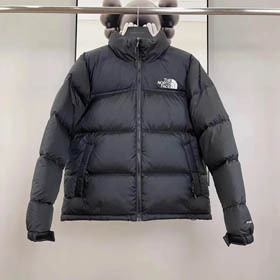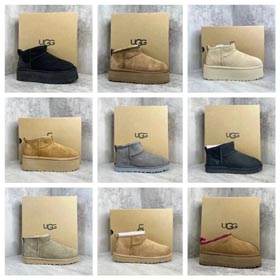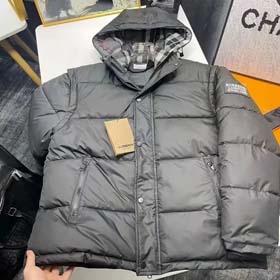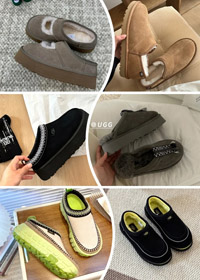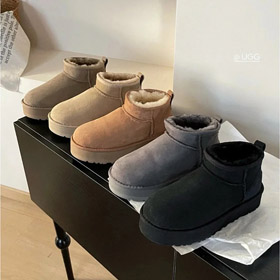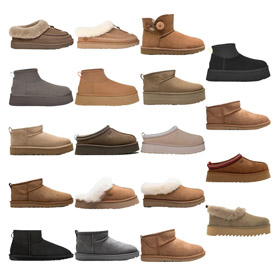The Origins of an Iconic Brand
Founded in 1856 by Thomas Burberry, a 21-year-old apprentice draper, Burberry began as a small outfitter in Basingstoke, England. Initially focused on outdoor attire, the brand quickly gained recognition for its durable yet stylish garments. By 1880, Burberry introduced gabardine, a revolutionary waterproof yet breathable fabric, which became the cornerstone of the brand's reputation. This innovation led to the creation of the iconic trench coat, originally designed for British soldiers during World War I.
"The trench coat's functionality and elegance made it a wardrobe staple beyond military use."
Evolution into a Global Fashion Powerhouse
Throughout the 20th century, Burberry expanded its offerings, becoming synonymous with British luxury. The brand's distinctive check pattern, introduced in the 1920s as a lining for trench coats, grew to symbolize sophistication. Celebrities like Audrey Hepburn and Humphrey Bogart further cemented Burberry's status in popular culture. However, by the late 1990s, the brand faced challenges as its signature check became overexposed, requiring a strategic rebranding under CEO Angela Ahrendts and Creative Director Christopher Bailey.
- 2000s: Digital-first strategies, including live-streamed runway shows.
- 2010s: Shift toward sustainable practices, phasing out fur.
- 2020s: Emphasis on inclusivity and modernized heritage designs.
Burberry Today: Blending Tradition with Modernity
Under current Creative Director Daniel Lee, Burberry continues to redefine luxury for contemporary audiences. Recent collections marry the brand's historic motifs with bold new aesthetics, such as updated interpretations of the check print and experimental outerwear. The brand also champions sustainability, aiming for carbon neutrality by 2040, and leverages technology—like AR shopping experiences—to engage younger consumers.
